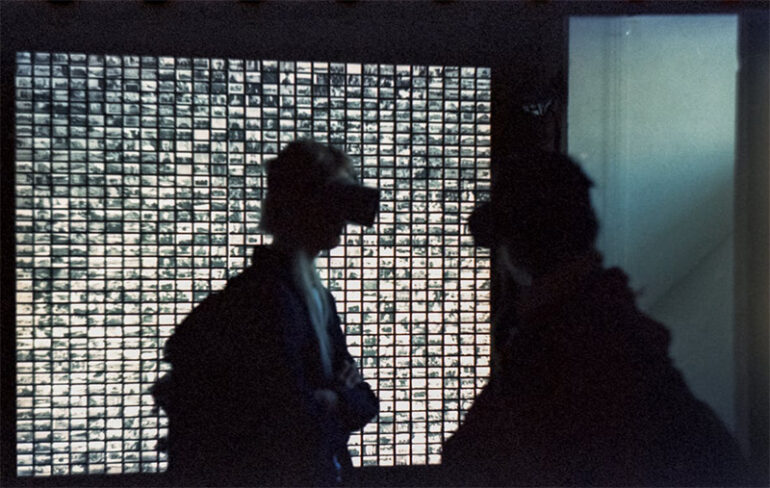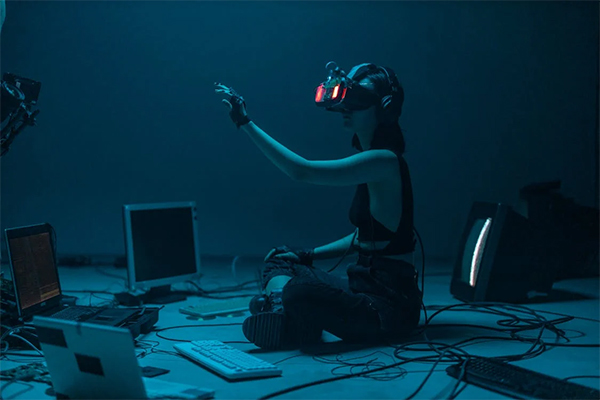The arrival of artificial intelligence in the creative sphere signals a turning point that redefines the limits of cooperation and invention. Artists are not only broadening their creative possibilities but also participating in a deep conversation about the essence of art itself as they leverage algorithms and machine learning. This junction of technology and creativity promotes a reevaluation of conventional ideas, questioning of authorship, originality, and the very core of what it means to create. As artificial intelligence shapes creative processes, it creates fresh opportunities for research and expression, therefore augmenting the cultural narrative in unanticipated directions.
The Rise of AI in the Art World
Artificial intelligence is starting to change creative environments and provide artists with new means of expression. By analysing enormous databases of artistic forms, algorithms can produce original works that combine human ingenuity with machine learning. < Along with helping with the creative process, this technology questions conventional ideas of originality and authorship. Galleries and collectors are embracing these new forms as AI-generated art becomes more popular, therefore sparking debates about the direction of artistic production. Technology’s junction with creativity is opening opportunities and encouraging a wide spectrum of voices and ideas into the artistic landscape.
Exploring AI-Generated Art
Art created by artificial intelligence marks a radical change in the way one views and produces creativity. Using neural networks and deep learning, machines can produce amazing images that frequently either replicate or even exceed conventional creative methods. Working with these tools, artists are pushing limits, investigating alternative aesthetics and ideas that question accepted art forms. Usually, the process consists in a conversation between human intuition and algorithmic accuracy that produces works that arouse feeling and challenge ideas. Audiences interacting with these works help to shape the conversation on the essence of creativity and the responsibility of the artist, therefore enhancing the cultural scene.
Collaborations between Artists and AI
Artists and artificial intelligence are working together to create creative processes combining computational capability with human insight. Using AI technologies, partners create ideas, hone methods, and venture into unexplored creative ground. This synergy enables artists to explore ideas and techniques that might have been previously impossible, therefore producing original, hybrid artworks. Such partnerships not only broaden the artist’s toolkit but also encourage viewers to reevaluate creative limits. These collaborations show how technology may improve artistic expression and start discussions on the changing function of the artist in a digital age.
Ethical and Philosophical Implications of AI in Art
Including artificial intelligence into the art scene begs serious moral and philosophical issues. Problems with authorship and ownership grow complicated when technology support the creative process. Discussions questioning accepted wisdom about the value of AI-generated works vs conventional art start to develop. Moreover, questions on cultural appropriation and algorithmic bias give the conversation complexity. Establishing frameworks that handle the consequences of artificial intelligence in artistic expression becomes crucial as society works through these challenges so that technology supports rather than reduces the human experience at its essence.
The arrival of artificial intelligence in the art scene marks not just a technological development but also a significant change in the conception and respect of creativity. The limits of artistic expression are redefining as computers and artists work together, therefore inviting a wider range of ideas and interpretations. This development forces society to negotiate the complexity of invention while maintaining the core of human creativity by means of a required reevaluation of the ideas guiding art. In the end, the conversation between art and technology creates fresh paths for investigation and challenges us to welcome the future of art with both critical thinking and curiosity.
Photo Attribution:
1st & featured image by https://www.pexels.com/photo/two-people-in-dark-room-2903249/
2nd image by https://www.pexels.com/photo/a-woman-in-a-tank-top-using-a-vr-headset-8721318/

